Iain Oughtred’s Guillemot is a multipurpose boat intended for rowing and for sailing with either a gunter or lug rig. He designed the boat 25 years ago and based it on the lines of a 19th-century ship's boat or large yacht’s tender. It is intended to accommodate three adults comfortably, but could take as many as five over short distances in benign conditions.Oughtred is best known for applying contemporary glued-lap plywood construction to traditional hull forms, and the Guillemot was primarily intended for that method. Glued-lap plywood has several advantages: it is easier to source the materials, easier to build, and results in a lighter boat. The Guillemot can also be cold-molded, strip-planked, or built in traditional lapstrake.Regina Frei, a student at England’s Lyme Regis Boatbuilding Academy, opted for traditional lapstrake construction. Of the 319 sets of plans for the Guillemot sold to date, Oughtred believes that about 10 percent of the boats built have been traditional lapstrake, but suspects that percentage has increased in recent years. A glued-lap plywood hull is normally around 125 lbs; a traditional lapstrake one would be about 25–40 lbs heavier.
Join The Conversation
We welcome your comments about this article. To include a photo with your remarks, click Choose File below the Comment box.
Comments (3)
Comments are closed.

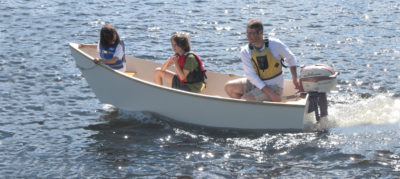
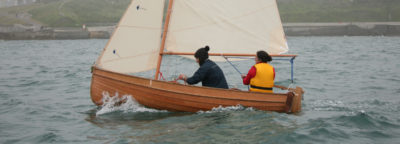


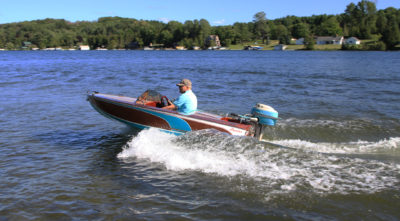
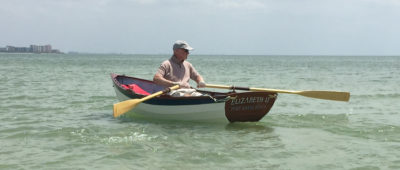
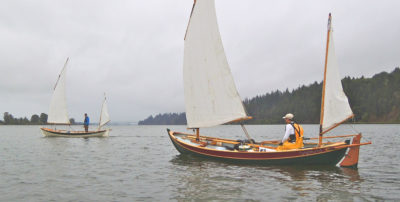
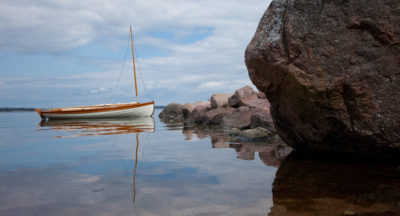
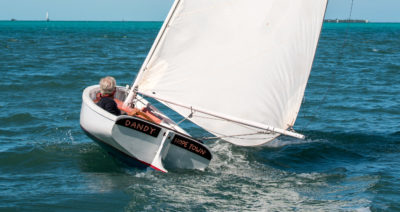

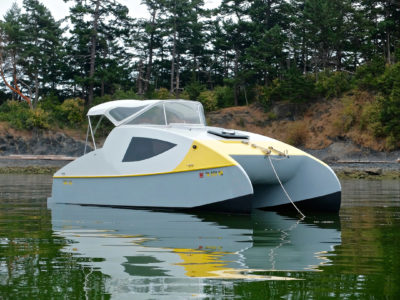

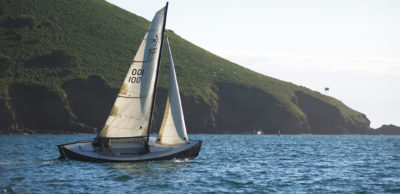



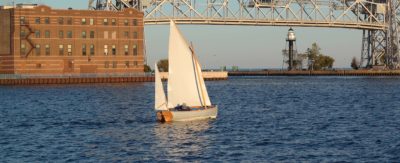

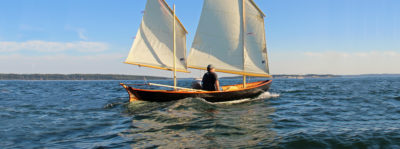
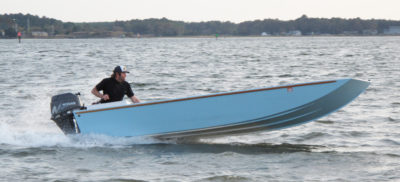
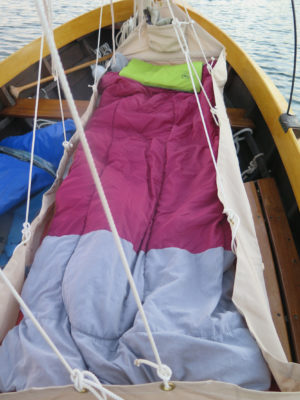
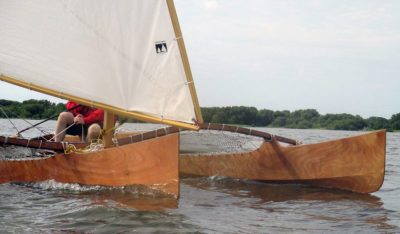



Beautiful woods, nicely done plank-on-frame.
Will the “boat-soup” finish eventually oxidize to black?
I am building a 14′ lapstrake dinghy using pieces of an old boat for patterns. Does anyone have a comment on my choice of clear 1/4″ Douglas fir for planking? I will be using copper clench nails for fastenings.